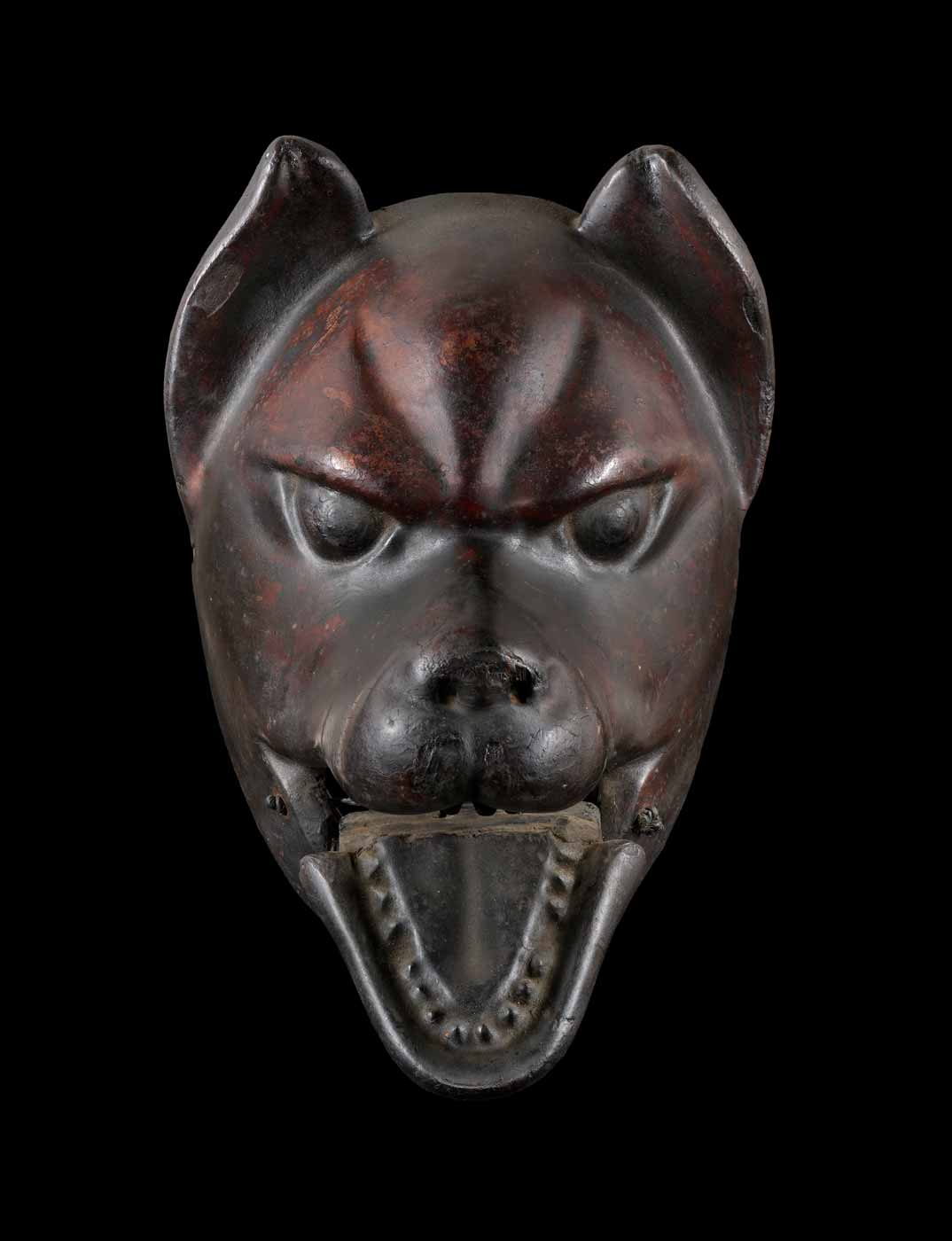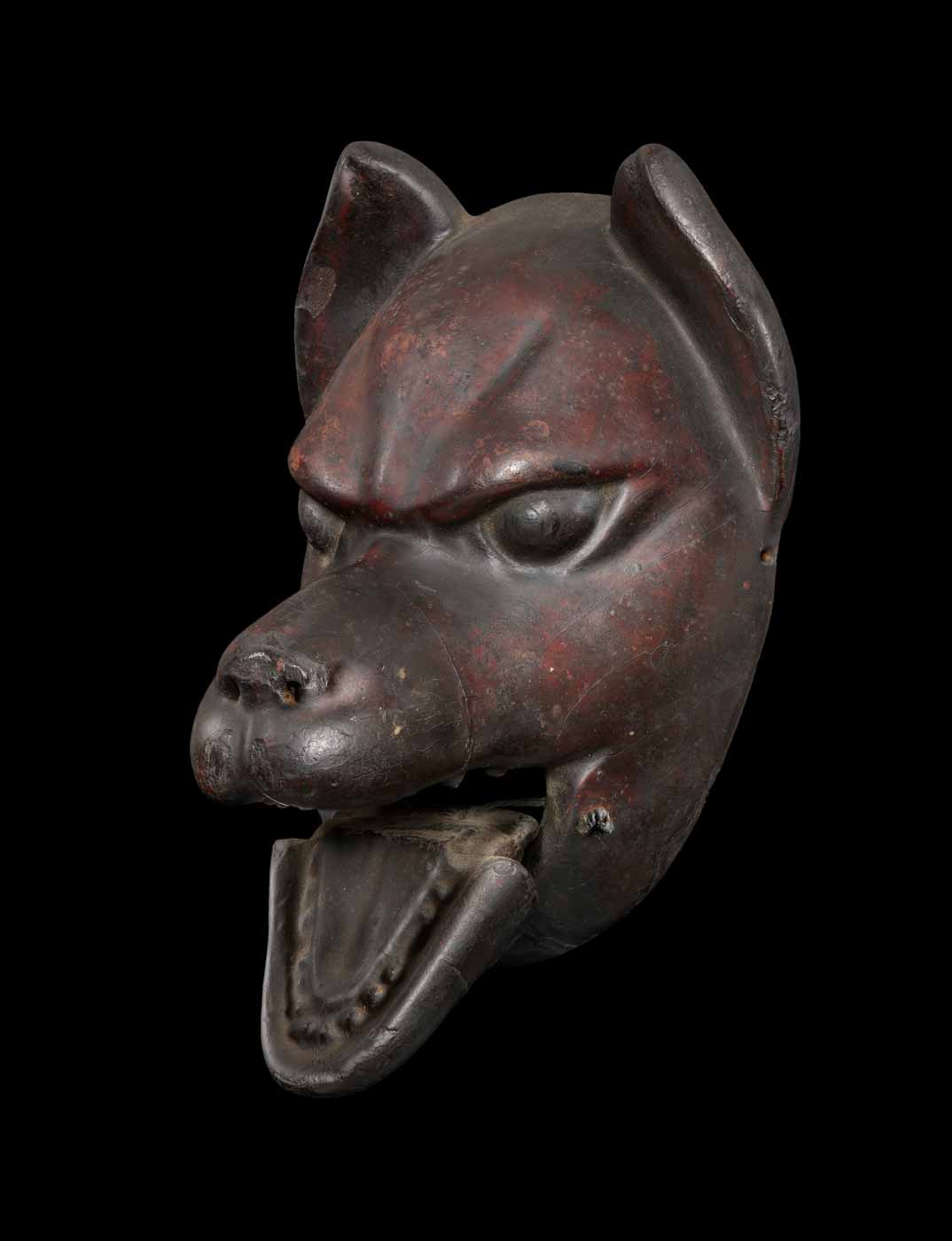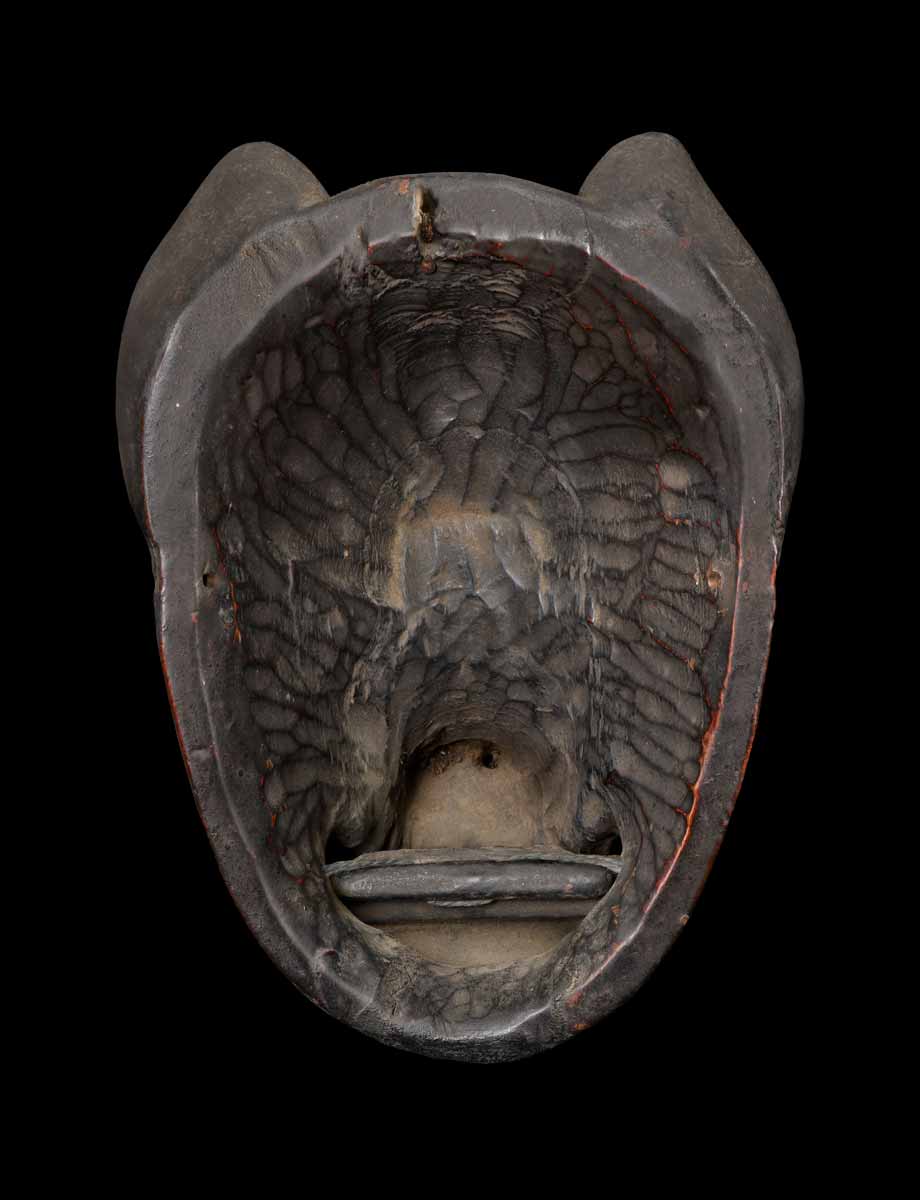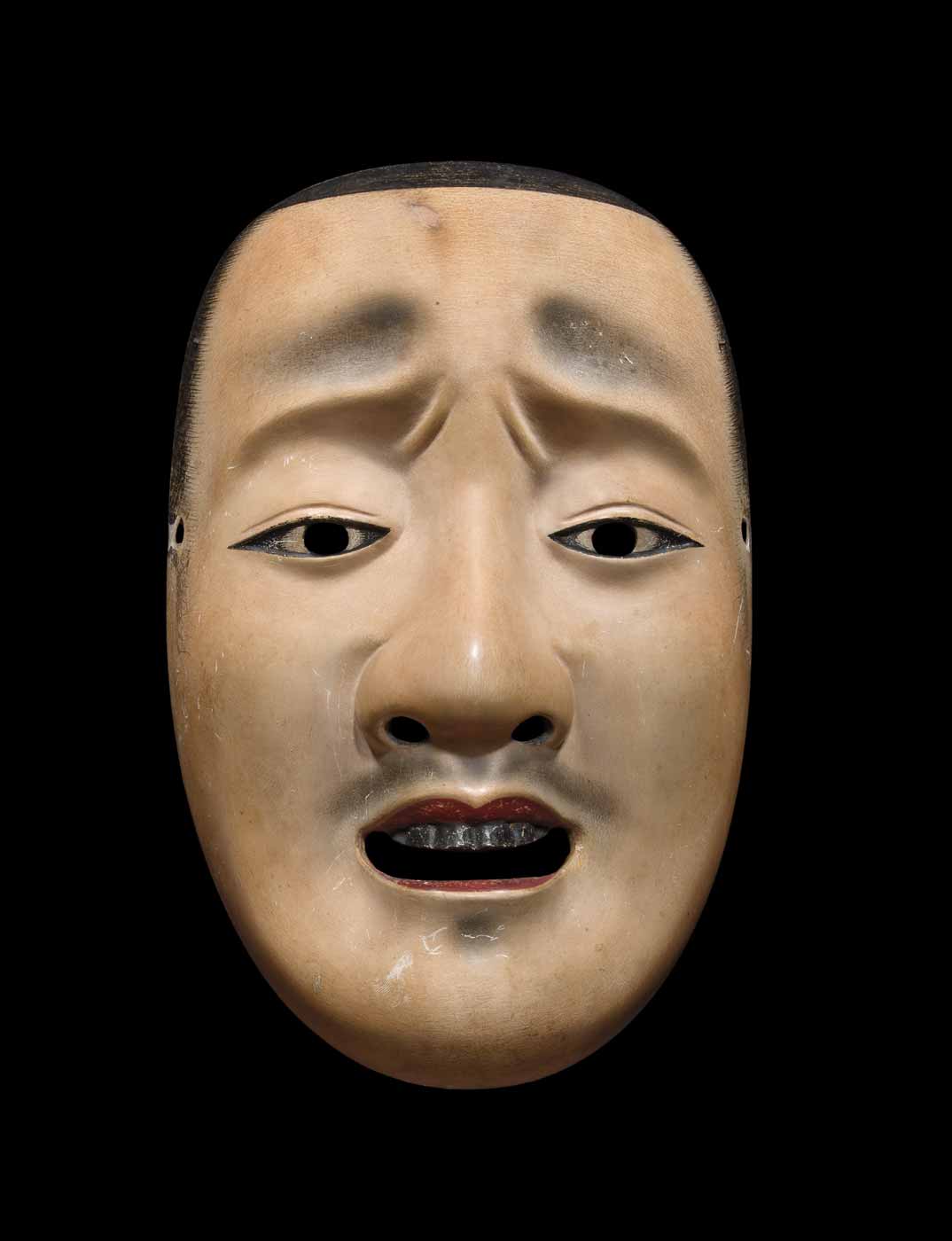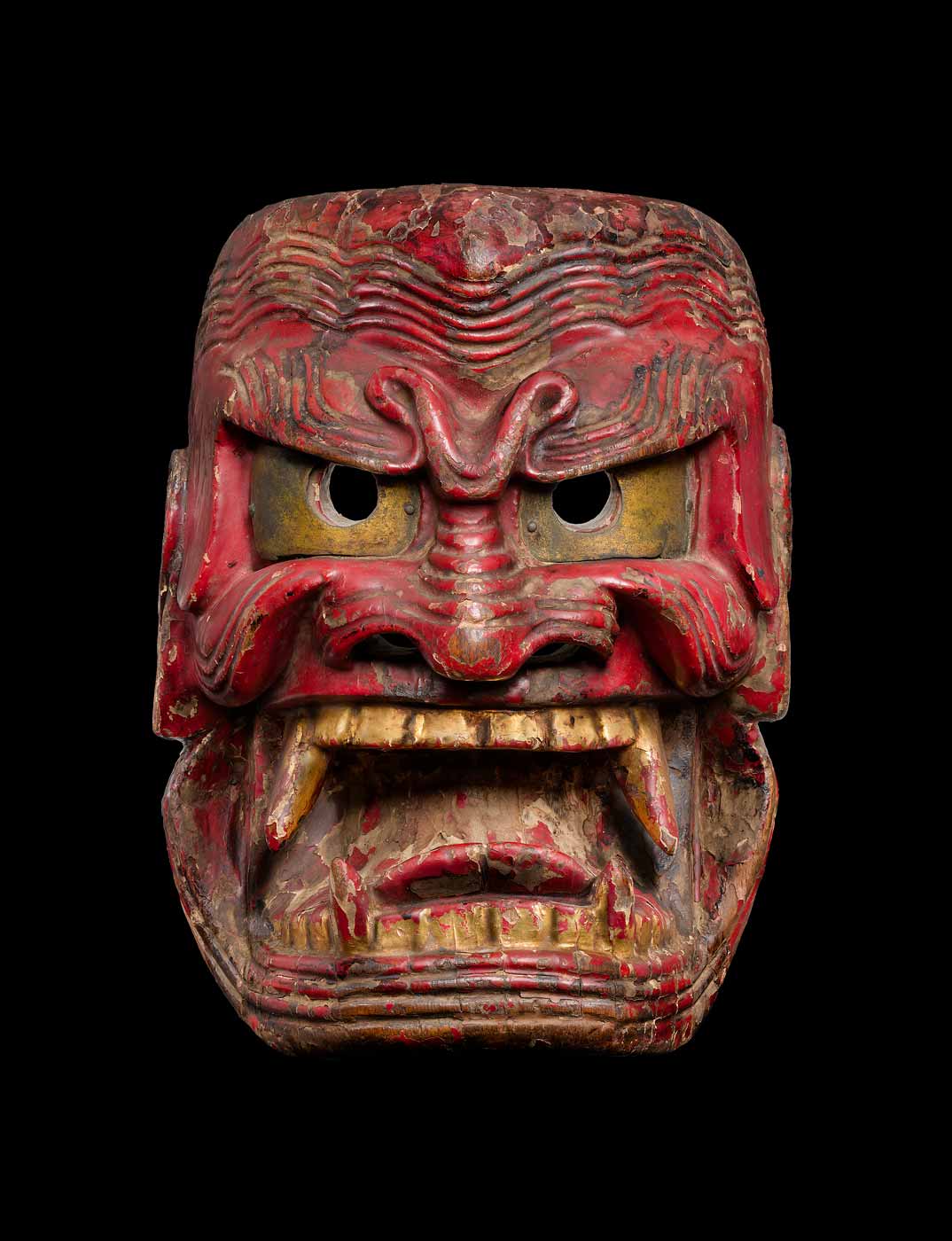Kitsune
Mask
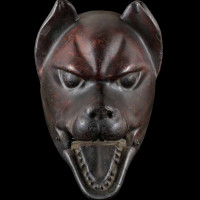
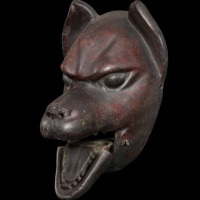
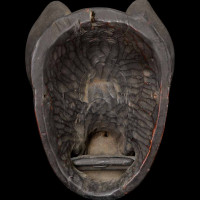
- Contact Us
-
Material
Lacquered wood
-
Period
Edo period, 18th–19th century
Description
KYŌGEN MASK DEPICTING A FOX (KITSUNE)
This mask represents a kitsune, the fox spirit of Japanese folklore, endowed with the power to transform into a human. The fox occupies many roles within Japanese myth: a symbol of fortune and abundance, it serves as the divine messenger and protector of Shintō shrines dedicated to Inari. Yet it also possesses a mischievous and deceptive side, capable of taking the form of a woman to lure unsuspecting humans to their doom.
In the repertoire of Kyōgen—the comic counterpart to Nō theatre—the kitsune appears as a cunning and playful trickster, oscillating between wit and deceit. The mask’s elongated snout and lively, expressive eyes capture the dual nature of this ambiguous creature.
The most renowned Kyōgen play featuring a fox is Fox Trapping (Tsurigitsune), considered the highest-ranking piece of the genre. In it, an old fox who has lost all his kin to a hunter’s traps takes on human form to plead with the hunter to stop killing.
Kyōgen masks are more rustic and exaggerated than those of Nō, designed to heighten the comic dimension of the plays and the expressiveness of their characters. The kitsune, a central figure in both theatre and folklore, is often mocked, outwitted, or ridiculed—yet its supernatural power and transformative nature are never entirely diminished.
This mask reflects the popular tradition of Kyōgen, the humorous complement to Nō theatre. Its Edo-period craftsmanship preserves the spontaneity and vitality characteristic of village farces and festive performances, where the kitsune holds a privileged place among animal masks.
